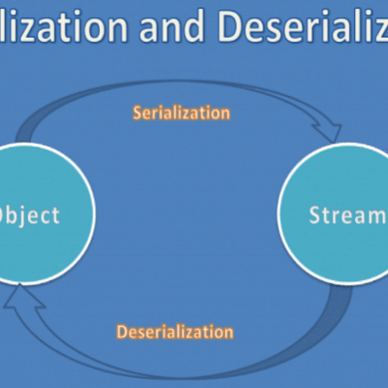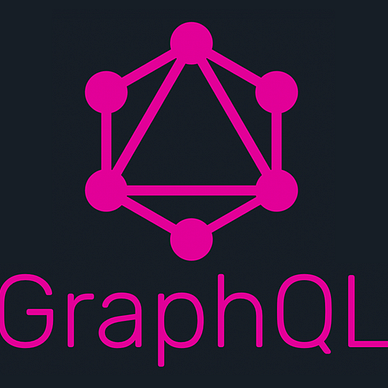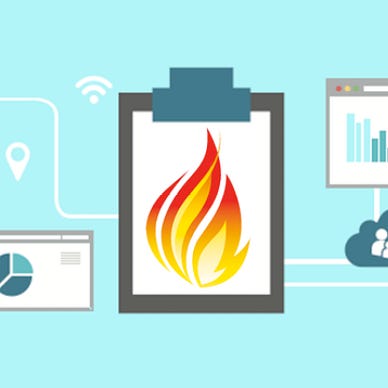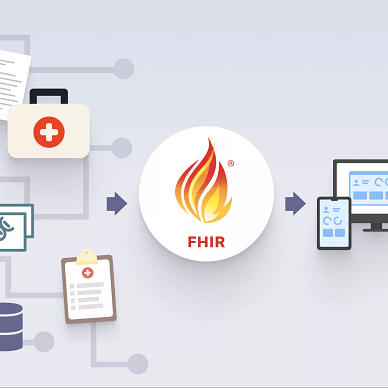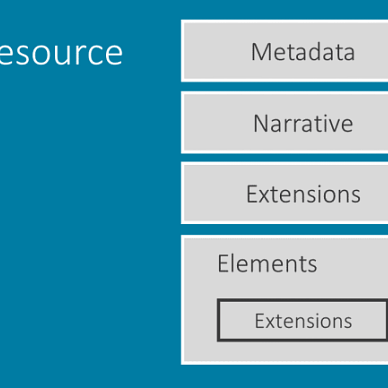FHIR for Developers: Part 1
Introduction to FHIR
FHIR (Fast Healthcare Interoperability Resources) data interoperability standard and specification, made for the purpose of exchanging medical and healthcare data. In the age of digitization, data sharing and that to keep standards and interoperability intact are becoming increasingly important.
History :
In the early 2000s, the simple task of storing and sharing data was a difficult task. This story was true healthcare data too. Prior to the FHIR HL7v2 and HL7v3 was the standard used for healthcare. HL7v2 was one of the initial standards developed by HL7, but its nature of being too information-dense and being complicated led to the development of a newer standard called HL7v3. Although HL7v3 was a great effort and had many neat features it never took off since it was not able to keep up with the technology of that time. Basic Technology was quite the barrier to achieving any kind of interoperability in both the cases of v2 and v3. FHIR was created as a response to these old technologies to meet modern needs for data and interoperability.
Fast in FHIR does not stand for how quickly the data can be transferred between the systems but signifies how quickly and easily anyone can learn and adopt the FHIR standard.
FHIR Resources
Resources are the basic building blocks of the FHIR standard. It is basically picked up from the HTTP spec which basically defines everything and addressable resources. FHIR basically defines a health record as the collection of resources. eg Health Record may store the information of the condition of the patient, in FHIR this may be stored as the Condition and Patient resource. Each resource can be represented in different forms like XML and JSON.
Each resource in FHIR has some narrative and use case behind it. A narrative in FHIR may represent a situation, some actors, and other entities related to healthcare. FHIR defines a wide variety of resources to start with. There is very great documentation provided by HL7.
80:20 Rule
As we discussed Fhir provides resources that are the building block of FHIR and Each Resource in FHIR resource has some narrative behind it.
Why these resources were chosen?
80: FHIR specification covers only what is needed by 80% of the systems worldwide
20: FHIR provides the extensions to cover such use cases.
eg: Eye color for the patient may come in 20%, since 80%of the system may not require the patient to provide their eye color whereas Name /Address of Patient will come under 80% and is natively supported by FHIR.
If you loved my work please like and share this article( it’s free :)). Also, do follow me for more articles like these.
Also, check out my other articles:
